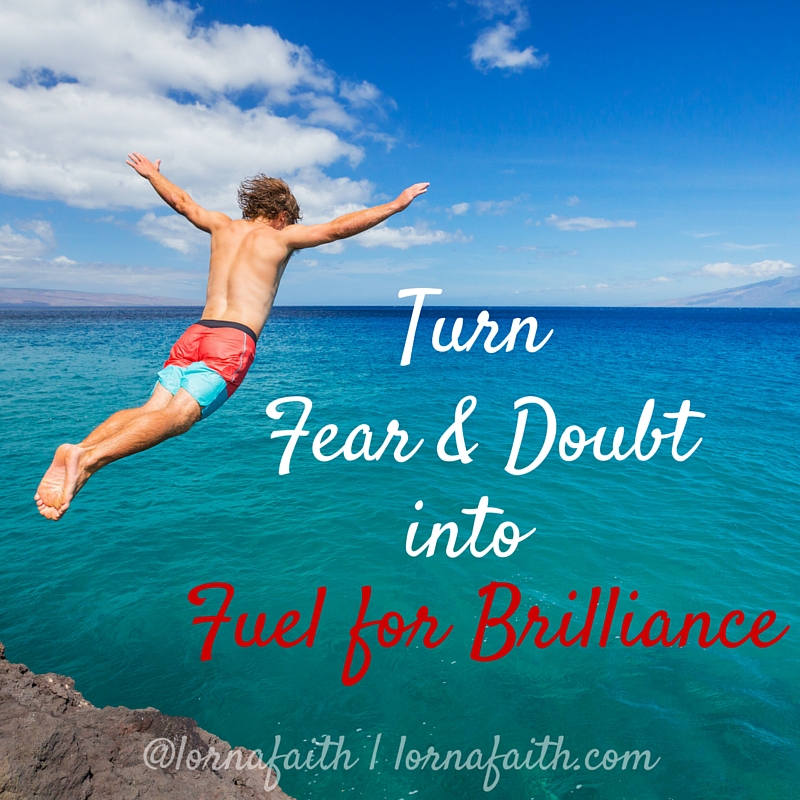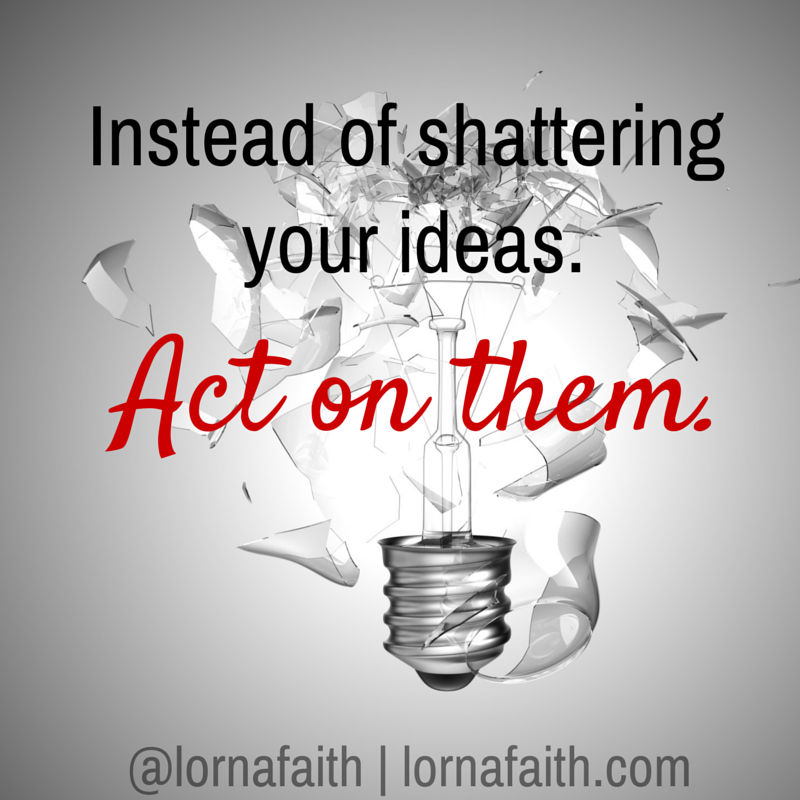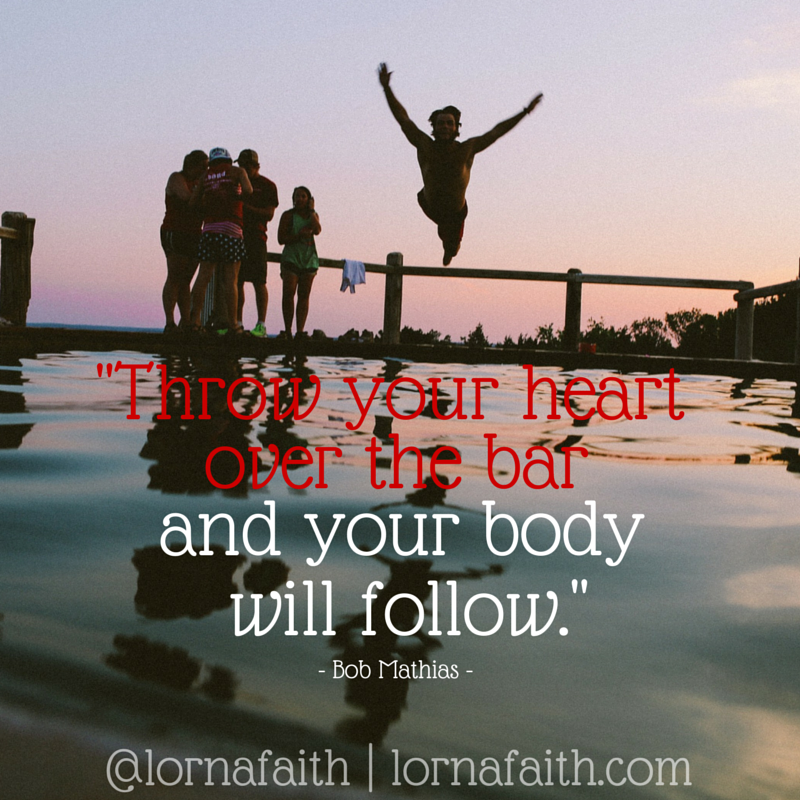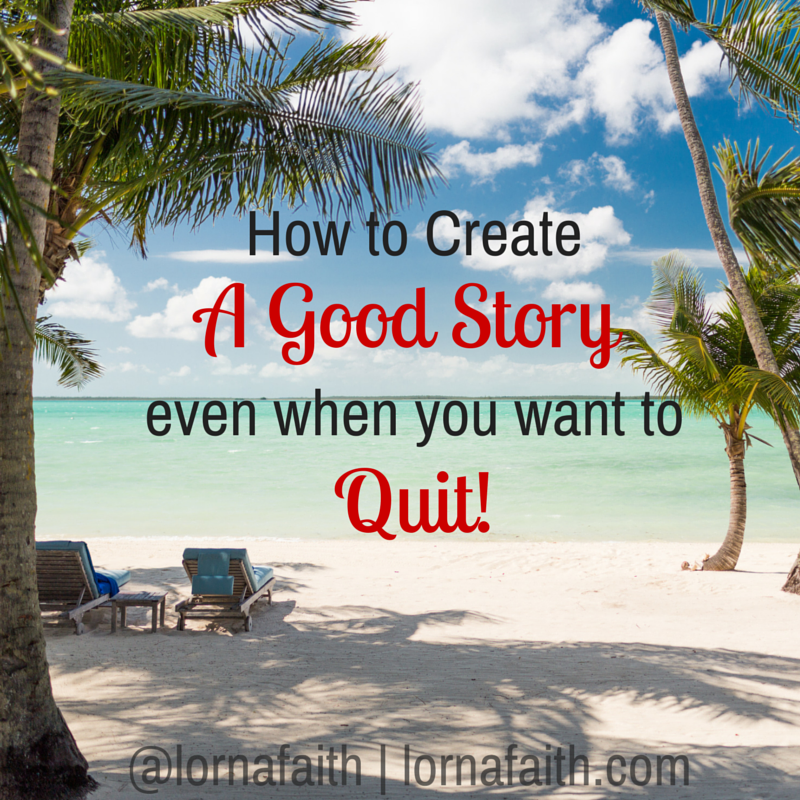“Uncertainty is about what goes on in your head, your heart, and your gut as you strive to create anything truly extraordinary. It’s about the nutty things we do, the gremlins we battle, the decisions we make and actions we take in the pursuit of long-term, large-scale creative, artistic, entrepreneurial, and organizational greatness.” Jonathan Fields Uncertainty: Turning Fear and Doubt into Fuel for Brilliance
A little while ago, I made the decision to go all in – to become a full-time author entrepreneur.
I’ve felt like I jumped off a cliff, without knowing how to swim.
I’ve also had a lot of sleepless nights wondering about a lot of what ifs: What if what my gut – which is telling me to do this thing – is wrong? What if this ends in a big failure – both creatively and financially?
Diving into what feels like the scary unknown is what uncertainty is all about.
As I’ve been reading from Jonathan Fields’ book Uncertainty, I’ve gleaned some wisdom on how others deal with these moments of what feels like leaping into midair.
*Photo Created with Canva
4 Keys to Help Authors & Creatives Deal with Uncertainty
1. To have success as a innovator or creator of anything, includes high levels of uncertainty.
Since being a author or creating anything new, doesn’t come with a map or blueprint, there is naturally a ton of uncertainty that we have to deal with. Jonathan Fields puts it this way,
“Success as an innovator is partly determined by the ability to manage and at times even seek out sustained high levels of uncertainty, bundled lovingly with risk of loss and exposure to criticism.”
As writers, this risk of loss and learning to handle criticism is something we have to deal with all the time. I don’t believe this risk goes away. There will always be risk and possibility of failure when you put something of yourself out into the world. Many times you spend months or years writing your book or creating your class and then you ship it to a market that may or may not want it.
There is real risk not only to your self esteem, but also financially when you choose go all in. I’ve struggled with learning how to handle criticism – something which every author faces at some point. Also, even with a safety net in place, I worry over lack of money. My husband is supportive and tells me regularly to keep creating and stop thinking the worst. In Jonathan’s book, he tells readers to write out what you fear the most. That way its’ out there and you’ve faced it. When I thought about it, I realized my worst fear would be that I would need to go back to a regular paycheck – and therefore not write as much as I love to do – if this doesn’t work out. But, I can’t let that fear of failure or any other looming beast, stop me from trying to do this. You shouldn’t either.
2. Learn how to harness and ride the butterflies.
Fear, for most of us, really wants to take over our life, not matter what new thing we’re trying. It’s what Steven Pressfield calls resistance and how as creatives we need to slay the dragon of resistance.
As writers, we need to not only realize that fear is entirely normal, but to begin to think of these feelings as butterflies which are not a threat to us, but instead are beautiful. In his amazing book, The War of Art, Steven Pressfield says: Are you paralyzed with fear? That’s a good sign. Fear is good. Like self-doubt, fear is an indicator. Fear tells us what we have to do. Remember one rule of thumb: the more scared we are of a work or calling, the more sure we can be that we have to do it.
So, I’m learning to harness the butterflies – or nerves – to help bring to life the authentic expression of who I am. Try it for yourself the next time you feel fear over writing something.
3. Certainty anchors help create structure around the process.
When you are living an uncertain life, with no specific structure or job-like rhythms, you have to create your own ritual or rhythm. As a author entrepreneur, I am learning to make my own routine and to stick with doing a task until it is finished. Then I take a little break and start on the new project. I’ve learned how to do this better as I’ve been finishing my first online class on how to Write and Publish Your First Book. There’s been days when I’ve got more writing done than other days, but I’ve been learning how to structure my time better.
I use a Count Down Timer, set it for 25 minutes at a time and write focussed for that amount of time. It’s been unbelievable how much that has helped me to get done. Seriously, you should try it. You’ll be amazed at how many words you can get written with a set, focussed time.
I also have a set amount of time that I meditate first thing in the morning. I feel more peaceful and it also is a way to train your brain to be more receptive to creativity and new ideas.
4. Find your optimal Creative Windows.
As writers, we constantly have new ideas for books and other things we’re working on. I know I have ideas for fiction, for non-fiction books, blog ideas and podcasts all the time. It’s something that never ends, but that’s where my energy comes alive.
Jonathan Field’s take on this is that balance is a myth, because life is messy and it’s supposed to be. However, he says, an important part of the creative process of any individual or team is the ability to step out of the process on a regular basis and ask the big questions, to see the forest beyond the trees.
I’m learning to find the windows when I’m most creative and to jot down notes of ideas I have throughout the day. Also, I have a family that pulls me out of the ‘abyss’ if I get too immersed in my writing world:)
This was a great book, and just what I needed to inspire me and give me the insight I needed about dealing with uncertainty, risk of loss and criticism. I hope you get a chance to read this book. You never know, it might help you gain a new understanding of yourself and how to deal with your life as a writer.
Have you gone through moments of uncertainty as a writer? I’d love to hear your thoughts in the comments.
*Some of the above links are affiliate links and help to support this blog




